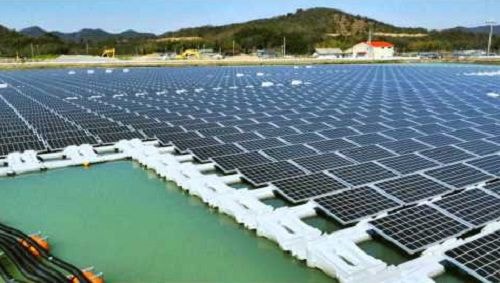Floating solar power plant in Japan
Japan built two floating power plants on the water, exploiting enough solar energy to supply electricity to 1,000 households.
 |
| Solar panels at a power plant in Japan. Photo: Wired |
The two plants, built on two reservoirs in Nishihira and Higashihira in Kato City, use 11,250 solar panels and generate a total of about 3,300 MWh of electricity per year.
Building a floating power plant on water is more difficult than on land, but it brings more benefits, especially for a country with limited land fund and located in the middle of the sea like Japan. Because of the need to use water for cooling, placing solar panels on water will give about 11% higher efficiency, saving energy compared to placing on land. Solar panels arranged on the water also have the effect of protecting against storms.
According to Wired, this is one of many alternatives to nuclear power in Japan after the 2011 Fukushima disaster. In recent years, the country has tried to double its electricity capacity from solar energy.
Other countries around the world are also embarking on similar projects. Brazil plans to install a floating plant near the Balbina hydroelectric plant, as hydroelectricity faces criticism for its environmental damage.
According to VnExpress






